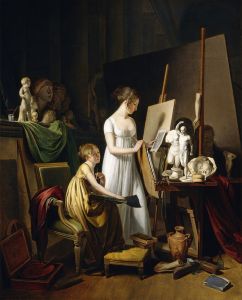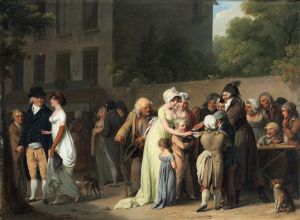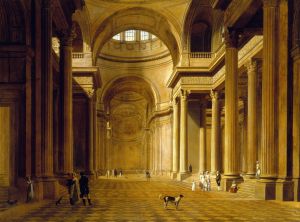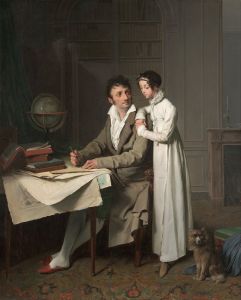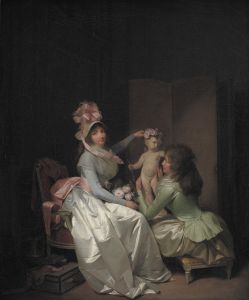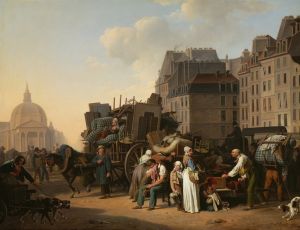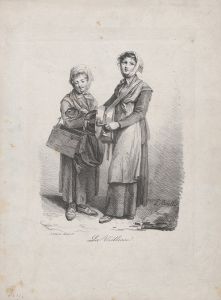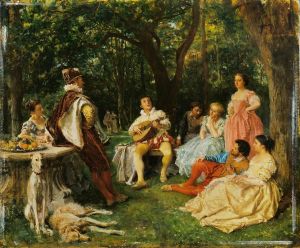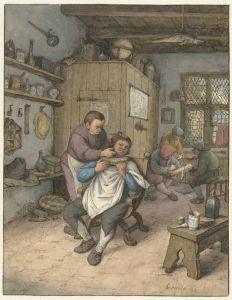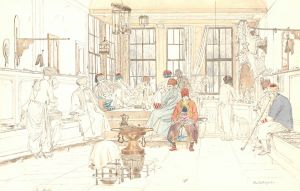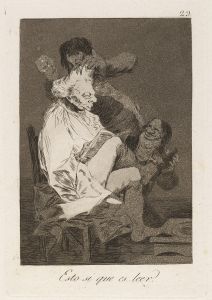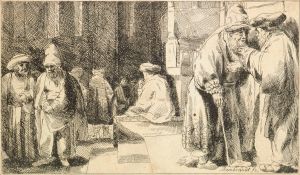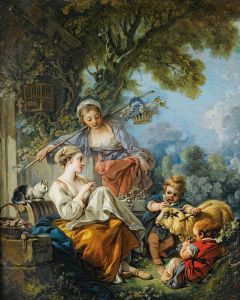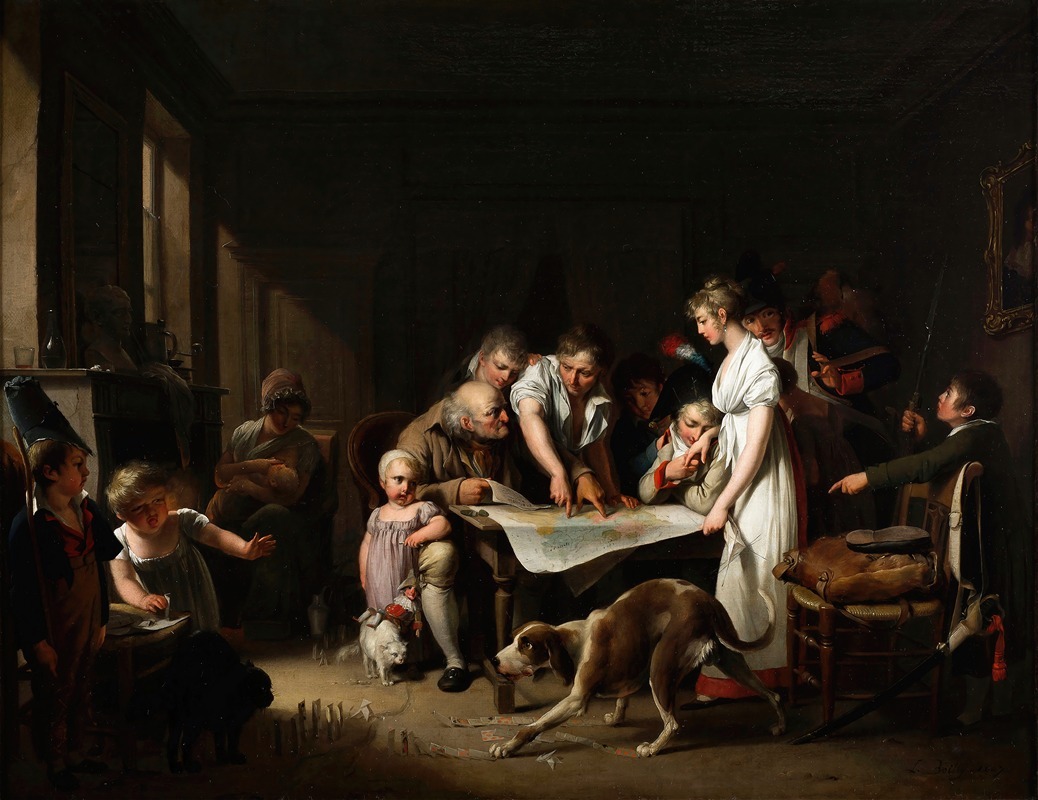
The Reading of the Bulletin of the Grand Army
A hand-painted replica of Louis Léopold Boilly’s masterpiece The Reading of the Bulletin of the Grand Army, meticulously crafted by professional artists to capture the true essence of the original. Each piece is created with museum-quality canvas and rare mineral pigments, carefully painted by experienced artists with delicate brushstrokes and rich, layered colors to perfectly recreate the texture of the original artwork. Unlike machine-printed reproductions, this hand-painted version brings the painting to life, infused with the artist’s emotions and skill in every stroke. Whether for personal collection or home decoration, it instantly elevates the artistic atmosphere of any space.
Louis Léopold Boilly's painting The Reading of the Bulletin of the Grand Army (La Lecture du Bulletin de la Grande Armée) is a notable work created in 1807. Boilly, a French artist renowned for his genre scenes and portraits, captured a moment of collective engagement and emotion in this painting, which reflects the social and political climate of Napoleonic France.
The artwork depicts a group of people gathered in an interior setting, intently reading a bulletin issued by the Grand Army. These bulletins were official reports released by Napoleon Bonaparte to inform the public about military campaigns and victories. The scene is characterized by a diverse group of individuals, including men, women, and children, who display a range of reactions, from curiosity to excitement. This variety of expressions and postures showcases Boilly's skill in portraying human emotion and interaction.
The painting is significant for its historical context. Created during the height of Napoleon's power, it reflects the widespread public interest in the activities of the Grand Army, which was central to France's military and political dominance in Europe at the time. The bulletin being read likely pertains to one of Napoleon's successful campaigns, as 1807 marked key victories such as the Battle of Eylau and the Treaty of Tilsit.
Boilly's attention to detail is evident in the composition, lighting, and the realistic depiction of the figures. The artist's ability to capture the nuances of everyday life and the social dynamics of his era is a hallmark of his work. This painting, like many of Boilly's genre scenes, serves as both a historical document and a work of art, offering insight into the cultural and political atmosphere of early 19th-century France.
The painting is housed in the Musée des Beaux-Arts in Lille, France. It remains an important example of Boilly's contribution to French art and his ability to blend historical narrative with intimate, human-centered storytelling.





